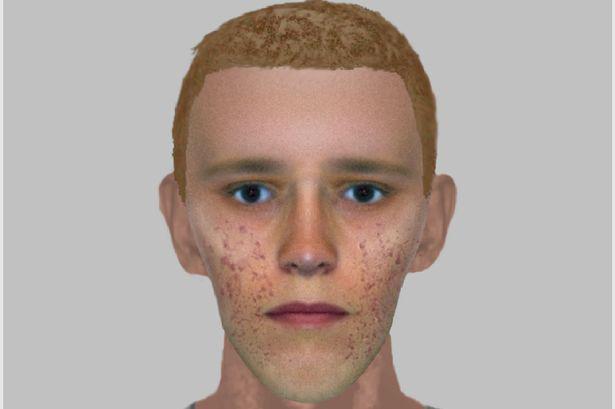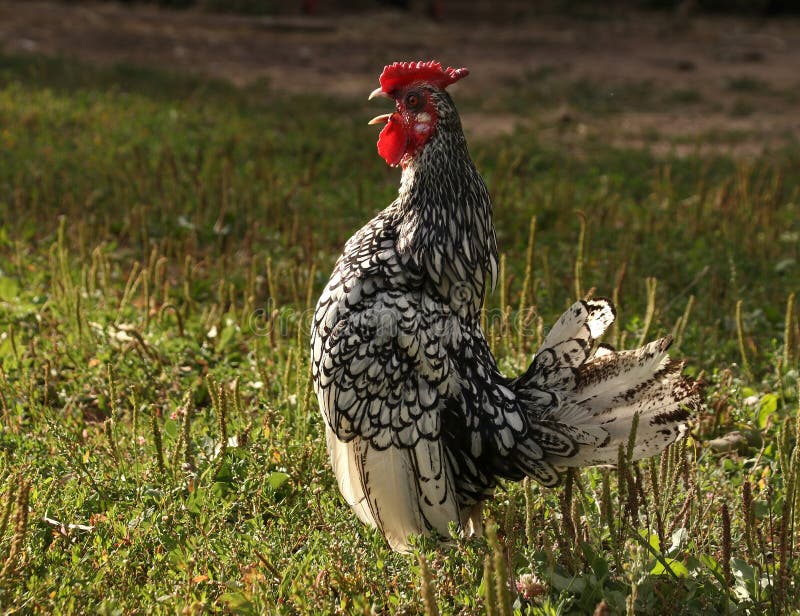


The underlying molecular mechanisms predisposing to this disease are unknown, but it seems that hypersensitivity response plays a major role in its pathogenesis, as many patients have a history of seasonal allergies, food sensitivities, asthma, and eczema. Mast cell per 5 high power fields varied from 1-139 (mean 20.0536) and 3-57 (mean 20.86) were found in cases and controls groups, respectively (P=0.627).Thisstudy showed that functional dyspepsia is associated with a significant increase of eosinophilscount in duodenum, but no significant association could be identified between of mast cell count in duodenum and functional dyspepsia.Keywords: Functional Dyspepsia, Duodenum, Eosinophil, Mast CeĮosinophilic gastroenteritis (EGE) is a digestive disorder in children and adults that is characterized by eosinophilic infiltration in the stomach and intestine. Eosinophil count was abnormally high among 29 (42.02%) and 08 (19.02%) among cases and controls, respectively, and the difference was significant (P=0.013).Mast cell density was seen among 56 cases and 23 controls from the same sample. p value <0.05 was taken as significant.Duodenal eosinophil count ranges from 1-92 with mean 21.59 in cases and from 3-51 with mean 14.90 in controls. ‘t' test and chi square tests were done to find out the association of immune-mediating cells with functional dyspepsia. Tissue from duodenum was taken from both patients and controls, and the number of eosinophils and mast cells per five high power fields were counted. This study was designed to investigate the association between duodenal infiltration of immune-mediating cells, namely eosinophils and mast cells with functional dyspepsia.Total of 69 patients presenting with symptoms of functional dyspepsia and matched healthy 42controls were included in this cross-sectionalstudy. Goals of therapy move beyond clinical remission but lack evidence to support histological remission.ĪbstractThe exact cause of functional dyspepsia is not known. Steroid-sparing agents remain experimental.

Corticosteroids remain the mainstay of treatment, often requiring long-term use. Given the rarity and underdiagnosis of EG/EGE, different natural progression compared to EoE, heterogeneous clinical manifestations, and probable normal endoscopic appearance, it is vital to maintain a high suspicion index in atopic patients, obtain at least 5–6 random biopsies from each site for gastro/duodenal eosinophilic infiltrate with the subsequent exclusion of inflammatory, allergic and infectious differential diagnoses to increase the yield of an accurate diagnosis. Promising research suggests the role of AK002, an anti-siglec antibody, in clinical and histological improvement. Still, most will require dietary elimination and/or pharmaceutical interventions, mainly corticosteroids, but also biologics (monoclonal antibodies against IL-4, IL-5, TNFα, integrin α4β7, and IgE), mast-cell stabilizers, leukotriene (LT)-receptor antagonists, and antihistamines. More than a third of patients may achieve spontaneous remission. Non-EoE EGIDs are more challenging to treat than EoE. Unlike EoE, standardized diagnostic criteria are lacking but, promising research employing tissue-based and blood-based methods of diagnosis have been reported. The underlying complex pathophysiology remains unknown, yet hypersensitivity response is a central component. In this article, we present the current literature regarding the clinical presentation, diagnostic criteria, and management of EG/EGE. EGIDs also include eosinophilic esophagitis (EoE) and eosinophilic colitis. Eosinophilic gastritis/gastroenteritis (EG/EGE) are rare eosinophilic infiltrative disorders in children and adults that fall under the umbrella term eosinophilic gastrointestinal disorders (EGIDs).


 0 kommentar(er)
0 kommentar(er)
